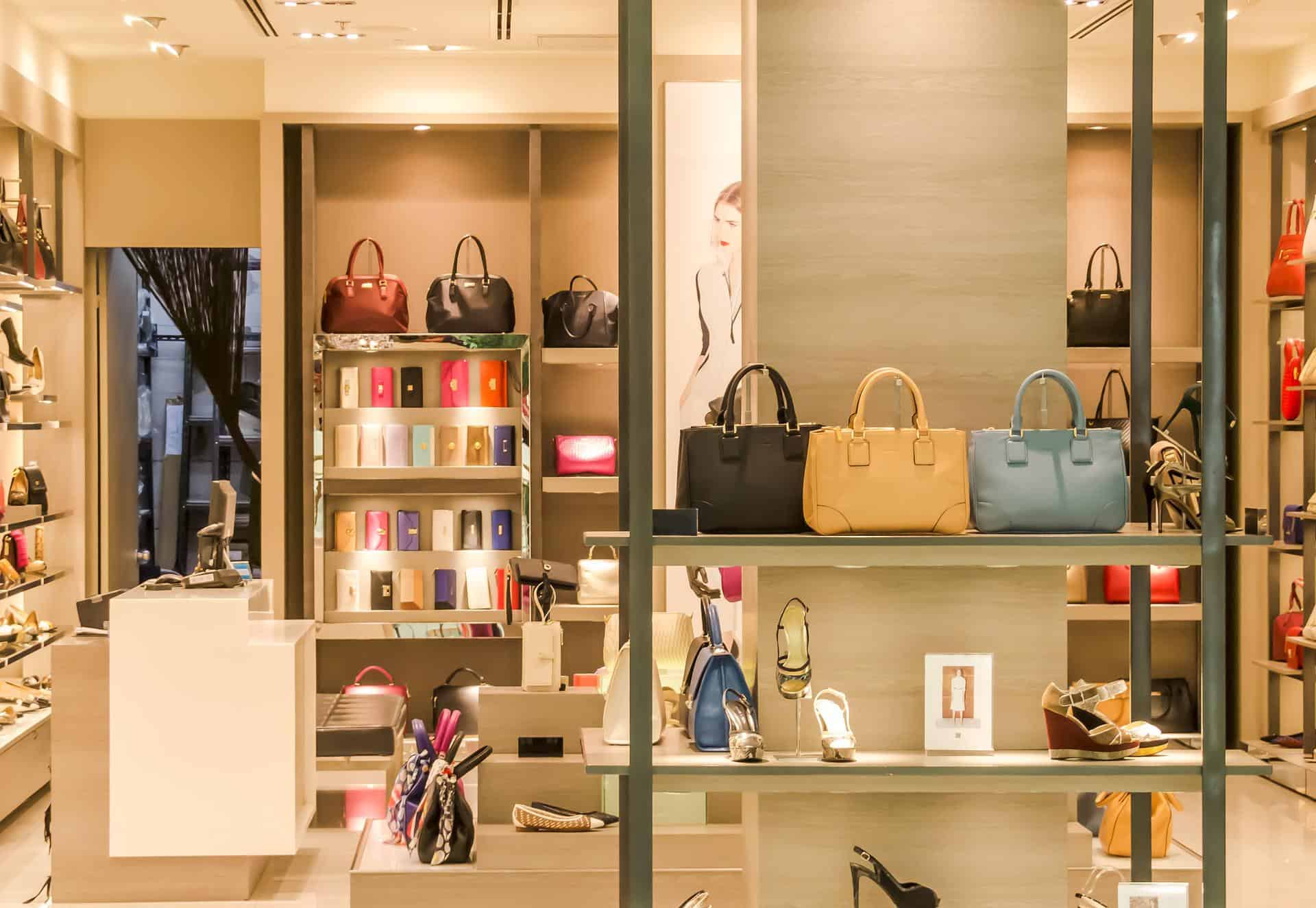The GCC personal luxury market is and will continue to be on a “strong growth trajectory,” Chalhoub Group Chief Strategy Officer (CSO) Jasmina Banda told TRENDS during an exclusive interview.
“Luxury fashion will continue growing facilitated by expansion in retail footprint and new brand entries [local and global],” she said.
High-end jewelry is expected to continue to record strong growth as consumers shift from non-branded to branded products, she added.
Luxury watches hold strong growth potential too, explained Banda, but could be somewhat impacted due to global supply chain disruptions.
While prestige beauty witnessed late recovery, the segment is expected to rebound in the next two years.
“Makeup — the second-largest category in the GCC beauty market — is the only segment that hasn’t yet recovered to the pre-pandemic levels,” said Banda.
“On the other hand, skincare — growing 20 percent year-on-year — and clean beauty saw significant traction.”
Spend repatriation boosted GCC market
Repatriation of spend by GCC consumers was a big growth driver for the regional luxury market.
“Historically, this consumer cohort used to make two-thirds of its luxury spending abroad in cities including London and Paris. However, due to pandemic-driven travel restrictions, 60 percent of their spending happened in-country,” Banda stated.
“For instance, the fashion-forward market Kuwait clocked 35 percent growth in 2021 over 2019.”
The CSO also explained that Emiratis, accounting for half of the luxury spending, didn’t travel a lot and spent locally.
“On the other hand, the UAE — especially Dubai — tackled the pandemic very well and remained open to tourists,” she said.
Although tourist numbers dropped nearly by half, “those who visited — led by Saudis, Egyptians, and Russians — spent 10-15 percent more in absolute terms,” she explained.
The tourist numbers were further fueled by Expo 2020 Dubai, she said.
Banda also said that global luxury brands are making heavy investments towards marketing initiatives, localized events, and clienteling to win over local consumers and retain their in-country spending.
“After all, the GCC region accounts for one of the highest per-capita spendings on luxury goods, and international brands are taking note,” she said.
“For example, Qatar is a unique market accounting for highest spenders [globally] on luxury jewelry and watches,” Banda told TRENDS.
“However, a significant part of their spending happens outside the country in places such as Place Vendôme in Paris.”
Spend repatriation was seen in Qatar too, she said.
“With the anticipated tourism boost from the FIFA World Cup Qatar 2022, many luxury brands are planning activations and events in Qatar.”
Boost from changes
The inclusion of women in workforce — 33 percent of the labor force in Saudi Arabia — has had a clear impact on spending patterns in the country.
“This cohort is willing to experiment and spend more. Interestingly, there is a strong proliferation of local luxury fashion brands in the Kingdom largely driven by an urge among Saudi women to support these brands,” Banda stated.
“In addition, the Saudi consumer is relatively new to the concept of true luxury and thus, in a discovery mode, and therefore driving a move towards premiumization.”
Another prominent growth driver is the rise of a new luxury consumer who has an urge to explore and experiment, and is willing to take risks in consumption choices.
“This shift is largely driven by a ‘connected’ consumer taking inspiration from global trends through platforms including Snapchat, TikTok, Instagram, and YouTube,” said Banda.
“There is also a clear urge to step out in style after what’s been a long period spent at home.”
The road ahead
Talking about trends that are likely to drive the growth of the GCC luxury market, Banda said: “Online shopping has doubled in the Middle East in the last two years — for both fashion and beauty — and this trend will continue.”
She explained: “Globally, we see sustainability practices gaining prominence in the luxury industry. In our region certain local brands [like The Giving Movement] are championing this movement.”
Another promising segment, she said, was modest fashion, there is still no clear winner, presenting a window of opportunity to local modest fashion brands to scale up globally.
“But there could be production related challenges to grow a local brand globally. Having said that, Egypt and Saudi Arabia could become promising manufacturing hubs in the region.”
On the other hand, supply chain disruptions, coupled with challenges around importation, could be probable roadblocks for the entire GCC luxury industry.
“Overall, in the mid-term [two-three years], a move towards sustainability and acceptance of pre-loved will be a major consumption driver,” said Banda.
“In the long-term [5-10 years] we are excited to see the impact of the metaverse and NFT on luxury fashion and beauty segments, especially in our region with a sizeable youth population who are gaming enthusiasts,” she concluded.








